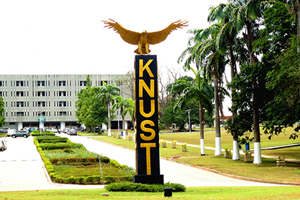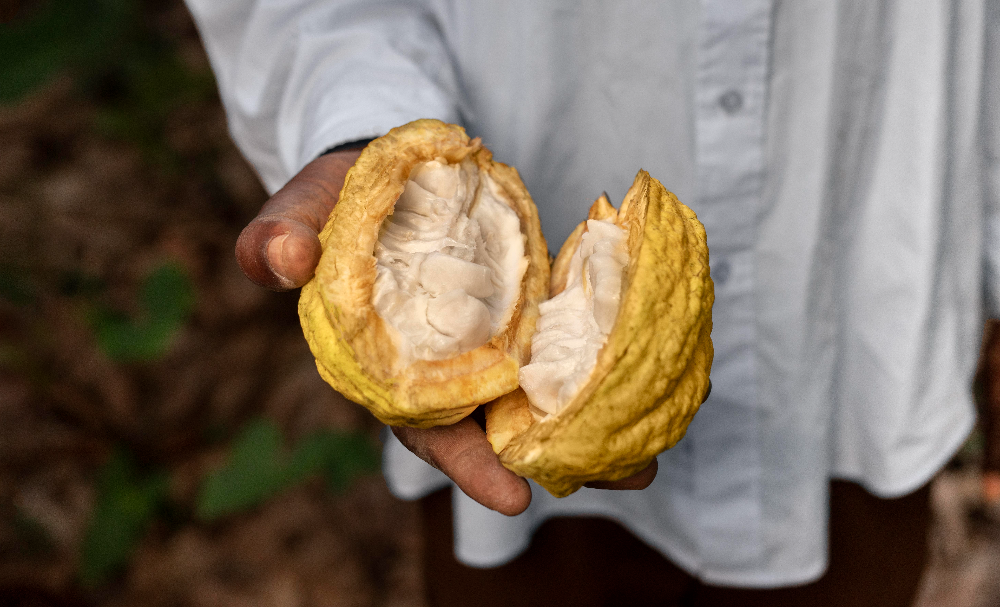As droughts intensify and climate change tightens its grip on global agriculture, cocoa farmers in West Africa may have found a new lifeline, thanks to a microscopic ally and a dose of potassium.
A study carried out by the Kwame Nkrumah University of Science and Technology has revealed that combining Arbuscular Mycorrhizal Fungi (AMF) with potassium nutrition dramatically enhances cocoa plants’ ability to withstand water stress.
The findings contained in the journal Open Agriculture observed that cocoa varieties treated with AMF and 2 grams of potassium exhibited significant increases in leaf chlorophyll content, a key indicator of plant health and resilience. Again, under drought conditions, chlorophyll levels in treated plants jumped from "19.4 μmol/m² to 26.8 μmol/m² across several cocoa varieties (V1, V2, and V3)".
Central to this improvement is the AMF species Rhizophagus irregularis, which was shown to enhance both nutrient uptake and drought tolerance.
The fungi form a symbiotic relationship with cocoa roots, helping plants absorb more phosphorus, a vital nutrient for photosynthesis and stress resistance.
The study couldn’t be more timely. With West Africa producing about 70% of the world’s cocoa, the region’s farmers are grappling with severe climate-related losses. In some areas, droughts are now causing up to 70% crop failure within just two years of planting.
But with this new understanding of how potassium and beneficial soil microbes can protect cocoa, scientists are hopeful.
The scientists led by Godswill Kwashie from the Department of Agroforestry believes by integrating such biological and nutritional strategies into farming practices, cocoa growers may not only protect their livelihoods but also secure the future of the global chocolate supply.
| Story by Emmanuel Kwasi Debrah (URO) | |


















